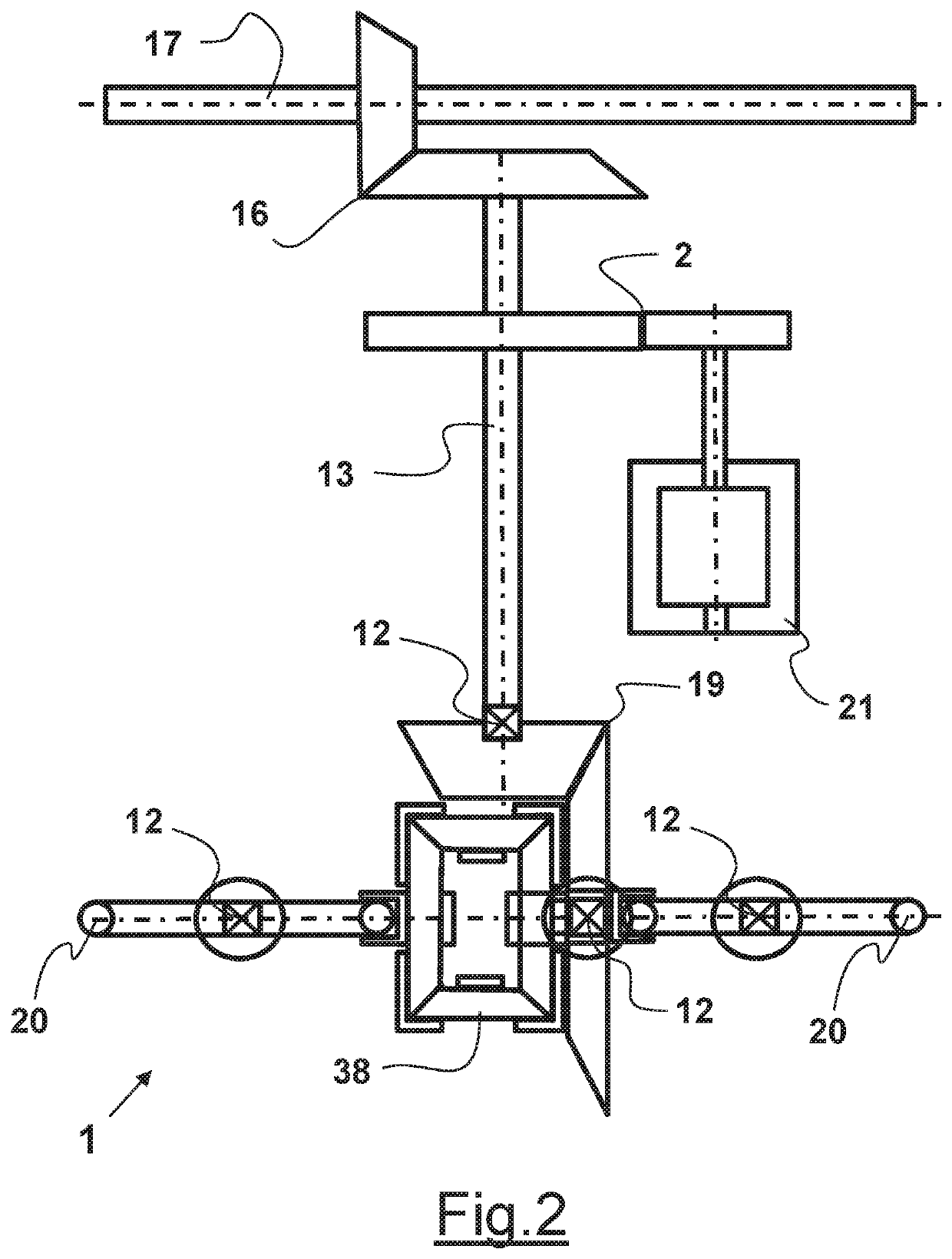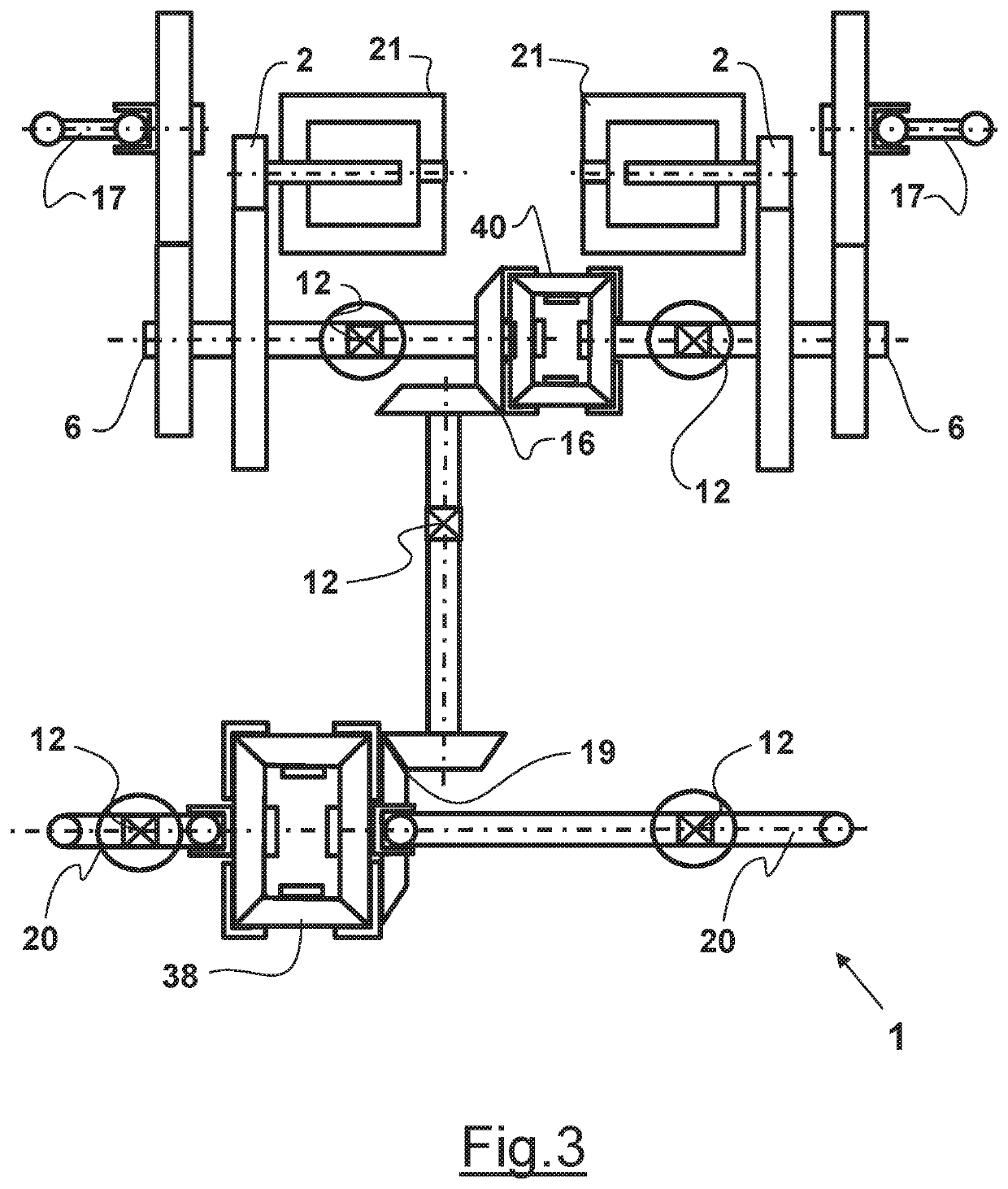During braking, the load on the wheels of the car is often not equal, especially if the deceleration is high, and this event may cause locking of the rear wheels, which is less loaded have less grip on the
asphalt.
If such a phenomenon were to occur, it would lead to a complete lack of directionality of the car with consequent
spinning of the car.
Such a function of the ABS automatically increases the braking force, thus reducing the stopping distance of the vehicle, if the pedal is pressed at such a speed and with such a force that a dangerous situation could be predicted.
Many accidents are caused by drivers who are startled by feeling the pedal vibrate and release the
brake, thus not completing the braking action.
If the ABS indicator light stays on or light up while driving, then the ABS is certainly failing; it is necessary to go to the workshop for a check because the wheels could lock in case of sudden braking.
In absence of ABS, however, the wheels would lock, causing the static sliding
friction force to decay: the vehicle would thus tend to maintain the direction prior to locking, with no possibility of corrective action by the driver.
On the contrary, in the event of locking, there is an abnormal consumption and overheating of the tires, which during locking are called to dissipate the energy of the vehicle, a task that is typically performed by the brake discs.
However, there are limits to this benefit, particularly in the case of fresh
snow.
The accumulation of
snow in front of the wheels during braking without ABS allows the vehicle to decelerate more; furthermore, the
leading edge of the
tread, by slipping, cleans the road, thus leading to an increase in the friction developed by the rest of the
tread.
Furthermore, the improvement is not absolute: the best drive braking result of a very experienced driver is slightly better than an ABS braking.
However, the effectiveness of the
system is in always repeating “almost optimal” braking, where the optimal braking of an experienced driver is a non-constant and often
random event (e.g. it has been tested that only fewer than ten percent of the braking operations is slightly better than ABS, while all the others are significantly worse).
According to its sensitivity, operation capability and integration with other electronic controls, the ABS can, in any case, incur in problems and disadvantages of various nature.
The first ABS systems had limited angular wheel speed sampling and abrupt reactions, and their application was disadvantageous on motorcycles, if not on vehicles with three or more wheels; on motorcycles, especially in special conditions, the usefulness of ABS can still be lost today, particularly on bends, leading to widen a bend and invade the opposite lane or even failing to prevent falling, in particular if it is not integrated in a stability
control system.
In principle, with ABS braking on medium-grip, non-compact
terrain, such as mud,
snow,
dirt or the like, the most obvious
disadvantage is that the maximum possible deceleration is not achieved.
The
disadvantage of a locked wheel, however, is the loss of directional capacity.
Indeed, the ABS, when braking on a non-compact surface with poor grip, will prevent the wheel locking, effectively lengthening the braking distances, but displaying another
disadvantage in the case of
terrain with an uneven grip (roads with snow only on one side or with patches of ice): in such a case, there is also the risk of losing vehicle directionality making the vehicle spin, due to the fact that only the wheels of one side of the car are operated, because the wheels on the other side have no grip, because a pair of forces which will lead to the rotation of the vehicle is generated.
The systems which act on the brakes usually employ differentials, most of which are fitted on standard production cars and have a major limitation; when a driving wheel slips,
spinning (e.g. on slippery ground) because all the torque supplied by the engine goes to such a wheel, that having a minimum of grip does not receive power and thus the vehicle remains stationary.
Indeed, if such a
system were adopted to reduce the skidding of the drive wheels when the vehicle is accelerating fast on a straight road or in any case when the vehicle is already in motion, major differences would be created in the rotation speed of the tires of the two axles, which would cause an involuntary change of trajectory and loss of
vehicle control.
The systems which currently act on the power supply mean that, as soon as the drive wheels slip, the traction
control unit operates on the power supply of the engine, slightly reducing the
power output.
The systems which act on ignition (used in the past mainly on racing motorcycles in the 500 Class, free from other control systems, either because they were difficult to apply and / or less safe, these vehicles being fed via
carburetor, for which it is more expensive and complicated to control the power through the fuel feed) mean that, once the need to reduce the transmitted energy is detected, the engine ignition is delayed by
cutting off one or more cylinders.
The ASR
system also has disadvantages when traveling over loose terrains, such as
dirt, snow or sand, i.e. soft ground.
In this situation, when attempting to start, the drive wheels slip from the very start, due to poor grip, with the system which blocks their slip, thus preventing or hindering the movement of the vehicle.
Another disadvantage of the ASR system is the difficulty of using controlled skidding because it is not possible to implement this technique easily since it becomes impossible to make the wheels drift, which may be disadvantageous in sports driving, and this system can often be adjusted or
cut out on high-power cars.
Obviously said recent systems have the disadvantage of a high cost, also related to the required, high degree of installed
electronics.
However, such a system of joining the propulsion transmission to the
braking system has so far implied the fundamental disadvantage of allowing the achievement of the right balance between braking quality and the rpm of the transmission axles.
Although various possible solutions of such problems have been attempted up to now, there are still various problems with the structure of the motor vehicle, as well as other problems related to the various techniques of the types of adopted solutions.
This greater rpm ratio between the two axles determines a “pointing” effect of the forecarriage when entering the bend holding the apex, which is remedied by mere technical compromises on the vehicle attitude, in order to allow a lower grip transversally to the tire axle, which, however, determines in a non-optimal braking
footprint of the tires.
The disadvantages of these latter application examples are basically due to their braking systems, which communicate with each other through control units, valves,
electronics and anything else which is now necessarily installed in order to optimize their efficiency.
They imply a hidden consumption due to the power supply required to keep the whole system operational, without considering that the plurality of the various active and passive components making up the entire system implies a considerable
mass and weight both inertial, rotational and static.
Furthermore, if the weakest element were to break in these complex braking systems, the passive safety systems required to safeguard both the vehicle and its occupants would immediately be lacking, either partially or totally.
Similarly, there is no
active motion transmission system which has optimal characteristics for transmission that today does not necessarily resort to electronic management methods, which, as mentioned, involve further weights and
inertia and hidden consumption, as well as passive safety systems.
Furthermore, the current electro-mechanical or electronic braking distribution systems present problems of incorrect synchronization between the axles, which are also delayed by the electrical reading and response of the sensors and by the
processing times of the electronic control units.
Furthermore, the motors are installed with different power ratings for the sole purpose of optimizing the step of propulsion of the vehicles with consequent lower
energy recovery in the event of hard braking, given the current design choices optimized for active propulsion and not optimized for
recovery and for braking by adopting the smallest
electric motor on the front axle for obvious reasons of savings.
Therefore, further disadvantages of said solutions are due to the increase in the overall vehicle weight, as well as to the increase in the rotating masses which with their
inertia affect the performance and energy efficiency of the vehicle itself, and higher construction costs given the use of expensive materials needed for the construction of 4WD
electric cars.
Another disadvantage is that the consumable materials are proportional to the number of respective systems and the
braking system is designed and built without any knowledge related to the
transmission system.
Furthermore, a further disadvantage is that the anti-locking systems adopted until today, in order to achieve better braking performance, consist of electronic circuits which require a myriad of further sensors and electro-
mechanical devices in order to ensure their proper operation to ensure full reliability of the interconnections.
This disadvantage implies other disadvantages related to the absorption of electromechanical energy, with obvious consequent effects on both the performance and consumption of the vehicle itself.
 Login to View More
Login to View More  Login to View More
Login to View More 


